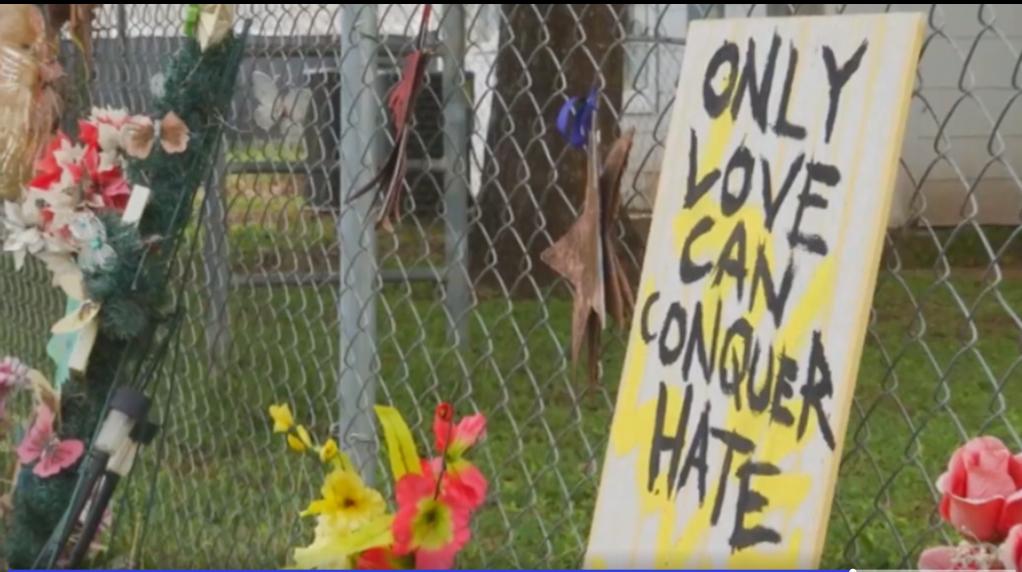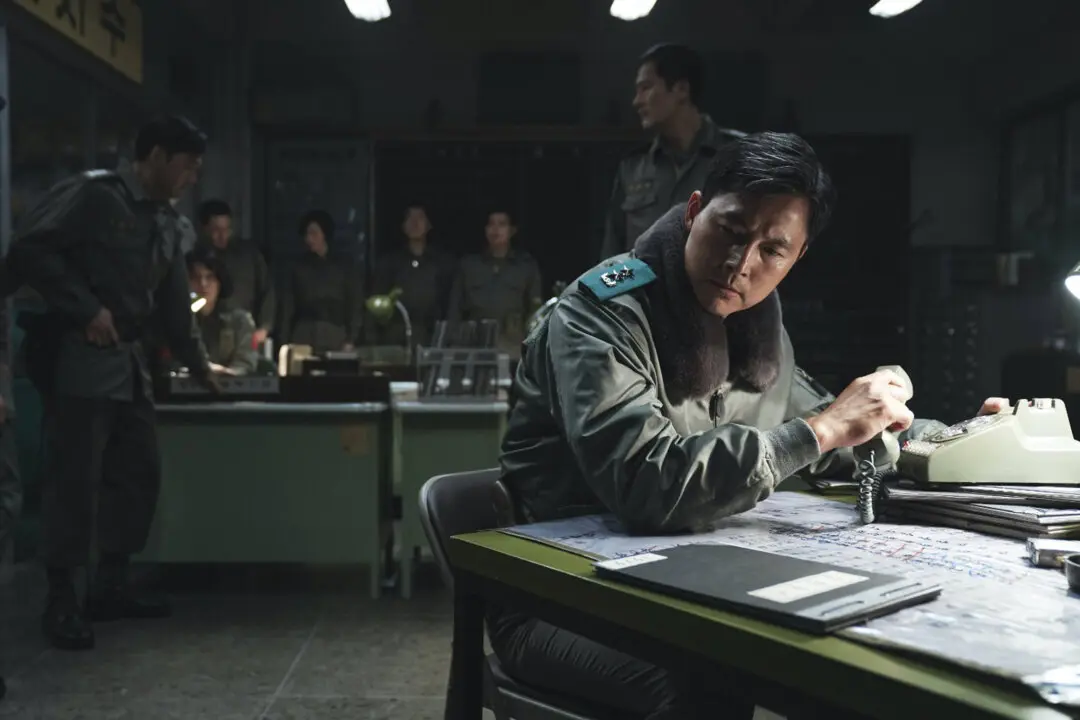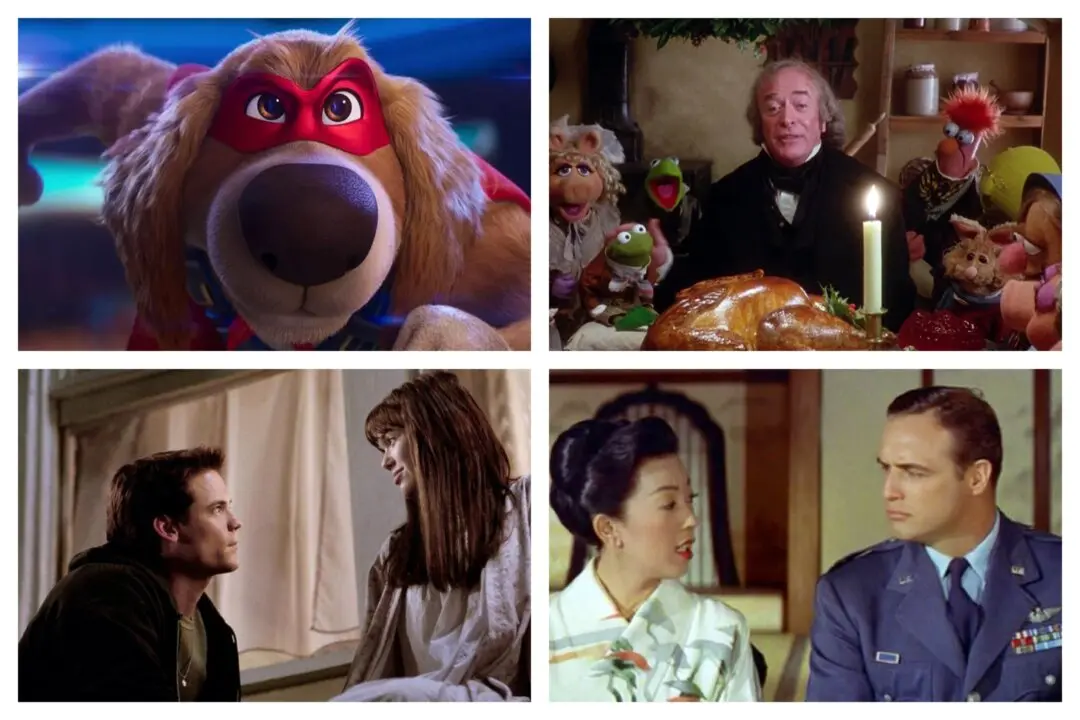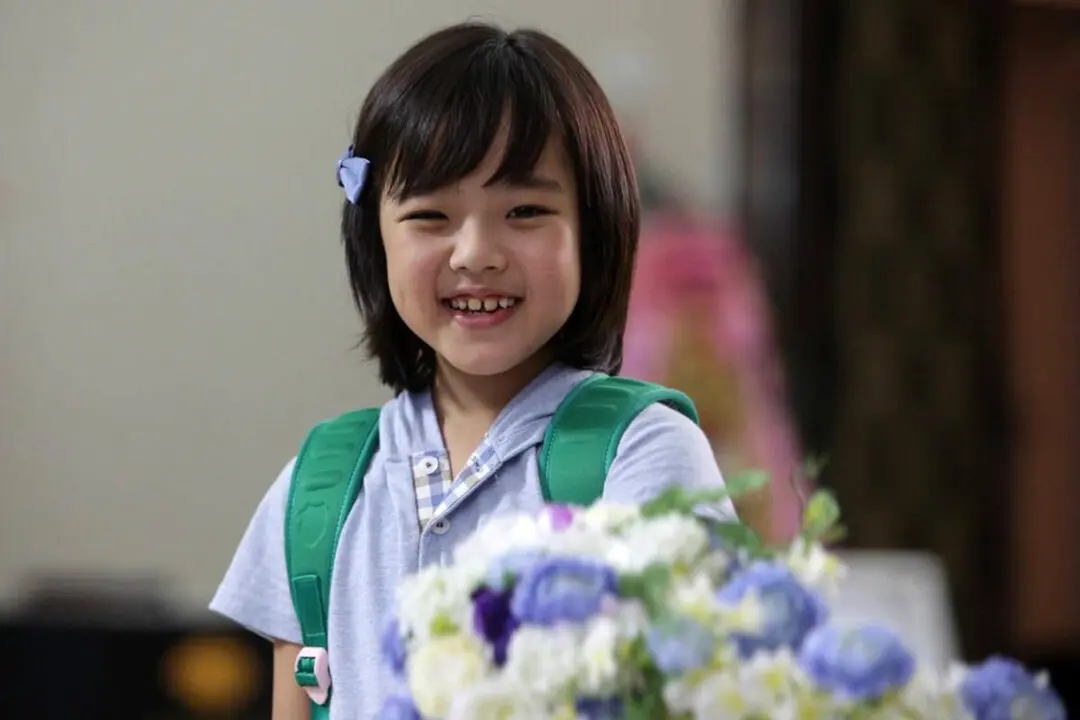A tragic event in South Texas makes a small community stronger and reminds U.S. citizens of their lawful, God-given rights.

Ian Kane is an U.S. Army veteran, author, filmmaker, and actor. He is dedicated to the development and production of innovative, thought-provoking, character-driven films and books of the highest quality.
Author’s Selected Articles




